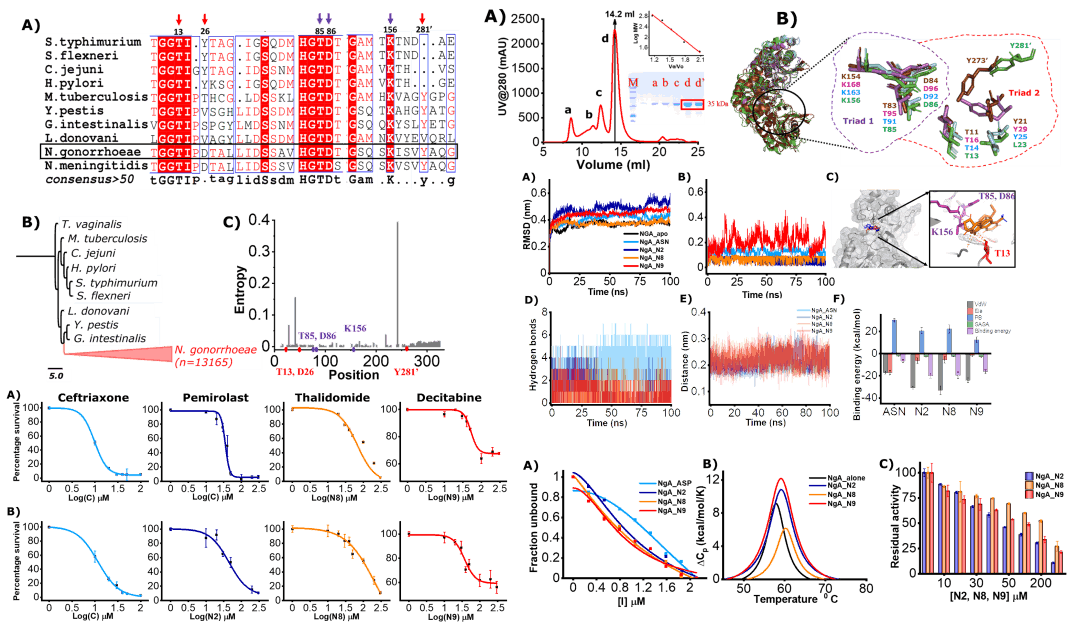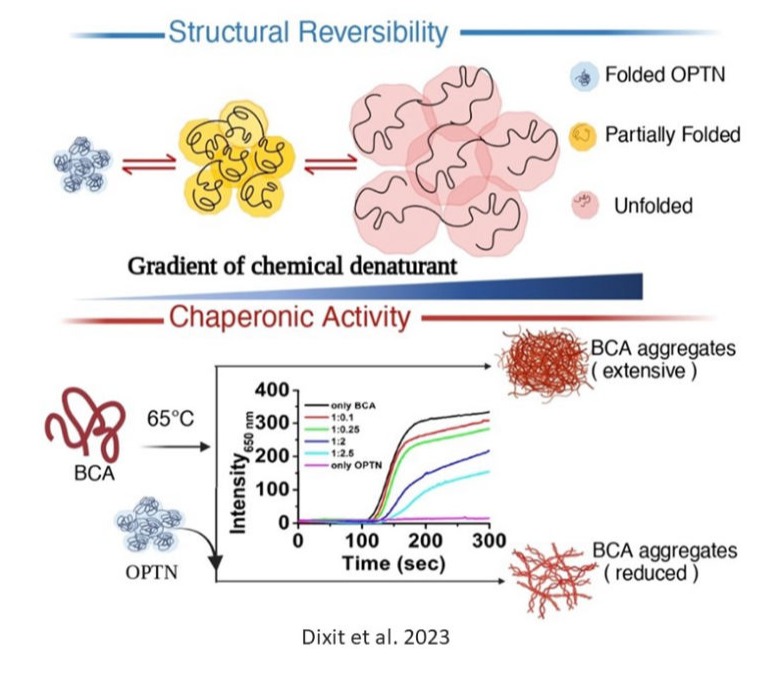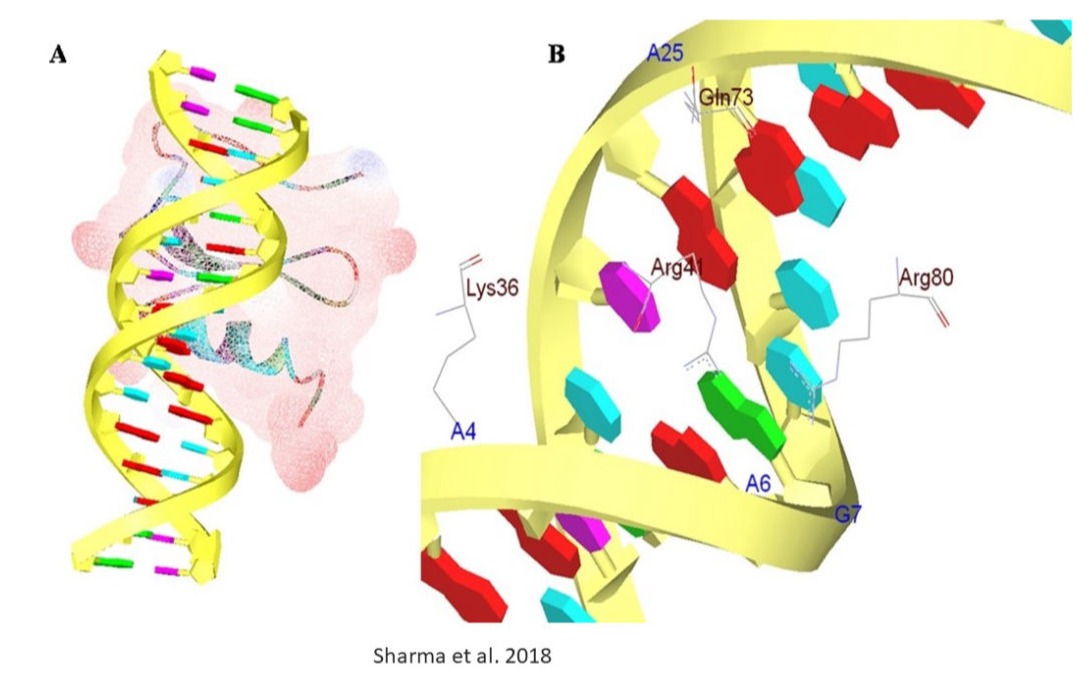
Vashishtha et al. 2022
Current research
Our group has currently established the importance of the L-asparaginase in pathogenic organisms like Mycobacterium tuberculosis and Neisseria gonorrhoeae. In case of Neisseria gonorrhoeae the L-asparaginase remained highly conserved in over 15000 genomic sequences over the evolutionary course. Thus, establishing it's highly conserved nature. This helped us in formulating and screening highly efficient drugs that can be used against the increasing antibiotic resistant strains of this pathogen. Our group successfully showed the effective potential of screened drugs in ceasing the growth of Mycobacterium tuberculosis and Neisseria gonorrhoeae.

